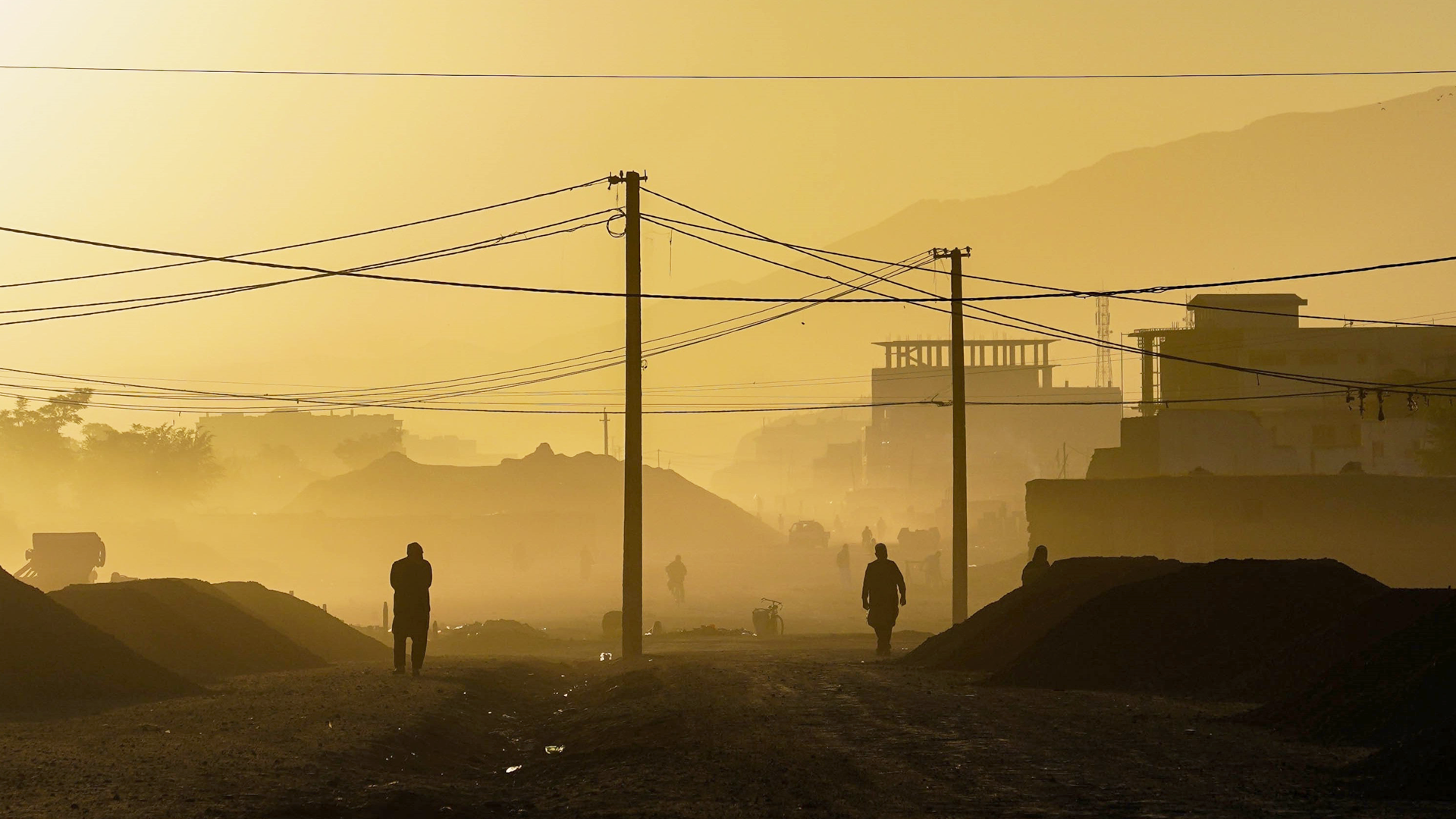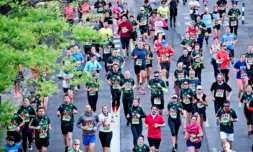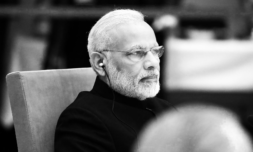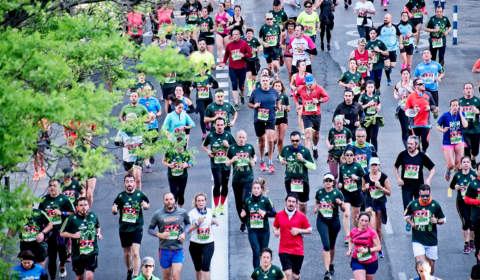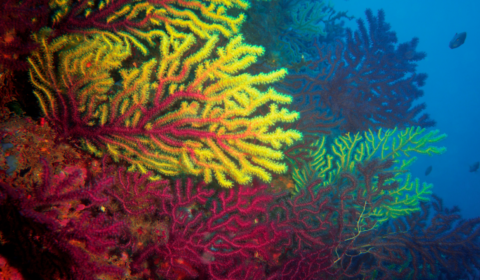Years of persistent poverty and war have turned thousands of Afghan men to drug use. Addiction has been fuelled by the country’s prolific poppy industry. Now, under Taliban rule, the crisis shows no signs of improving.
Ebraham Noroozi’s recent look at Afghanistan’s drug crisis paints a morbid picture.
Men dying on the hillsides of Kabul, others already gone. Noroozi’s Afghanistan is a country in the depths of addiction and crisis, after years of poverty and war have driven thousands to heroin and opiates.
The country has struggled with a worsening drug crisis for years, the ongoing war and thriving poppy production creating a perfect storm of supply and demand.
But since the Taliban took control of Afghanistan in 2021, draconian anti-drug laws have only added fuel to a worsening fire.
Afghanistan is currently the world’s biggest producer of opium and heroin (accounting for 85% of the world’s production), and has now become a major source of meth. Many users turned to drugs as an escape after war destroyed their families and poverty upended their lives.
Taliban rule has accelerated financial decline due to halts in international financing, making it harder for Afghan families to survive financially.
The U.N estimated in 2015 that up to 2.3 million people had used drugs that year (amounting to 5% of the population). This number only seems to have grown in the years since.
Today, Taliban officers patrol the streets of Kabul in search of drug addicts. The fundamentalists banned poppy cultivation when they were in power between 1996 and 2001. But it was reinstated after US intervention, and today the illegal drug trade is helping to finance Taliban rule.
Government officials claim to be ‘guiding [addicts] to a better path in life’, helping them escape drug use by cracking down on local dealers. But despite Taliban insistence that the issue is improving, drug users are being forcibly removed from the streets, abused, and imprisoned in camps as part of a national ‘clean-up’ effort.









